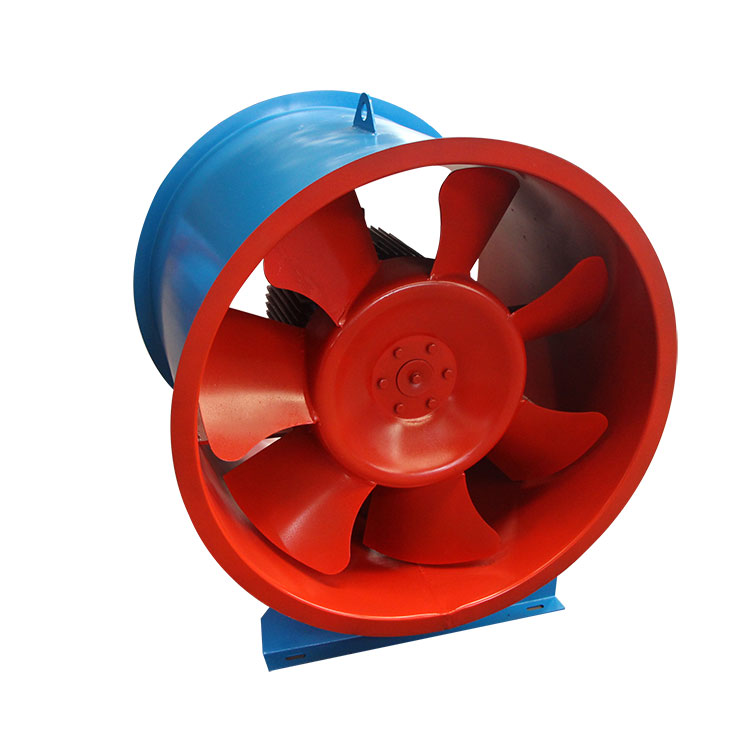The Inner Mechanics: Key Components of a SWF Mixed Flow Fan System
2023-12-08
Introduction:
Behind the scenes of efficient air movement and ventilation, the SWF mixed flow fan system orchestrates a symphony of components working in harmony. In this blog, we'll take a closer look at the key components that constitute a SWF mixed flow fan system, unraveling the inner mechanics that make it a powerhouse in the realm of air circulation.
Core Components of a SWF Mixed Flow Fan System
1. Impeller:
At the heart of the SWF mixed flow fan system lies the impeller. This critical component is responsible for generating airflow by imparting kinetic energy to the surrounding air. The unique design of the impeller, featuring a blend of axial and centrifugal characteristics, is pivotal to the efficiency and versatility of the SWF mixed flow fan.
2. Motor:
The motor serves as the driving force behind the impeller's rotation. Typically located at the center of the fan, the motor powers the impeller blades, initiating the airflow process. The efficiency and power of the motor contribute to the overall performance of the SWF mixed flow fan system.
3. Housing or Casing:
The housing or casing encloses and protects the internal components of the SWF mixed flow fan system. This component is designed to facilitate smooth airflow through the impeller while providing structural integrity. The shape and construction of the housing play a role in controlling the direction and efficiency of the generated airflow.
4. Inlet and Outlet:
The inlet serves as the entry point for ambient air into the SWF mixed flow fan system, guiding it toward the impeller. Conversely, the outlet is the exit point where the conditioned air is expelled. The design and placement of these openings influence the system's overall performance and efficiency.
5. Blades:
The blades of the impeller are meticulously designed to create a specific airflow pattern. In the case of SWF mixed flow fans, the blades exhibit a curvature that enables a combination of axial and centrifugal motion. This unique blade design contributes to the fan's ability to balance airflow and pressure.
6. Motor Mount and Bearings:
The motor mount securely holds the motor in place within the SWF mixed flow fan system. Bearings, often included in the motor mount assembly, facilitate smooth rotation of the impeller. Proper lubrication and maintenance of bearings are crucial for ensuring the longevity and efficiency of the fan.
7. Variable Speed Controls:
Some SWF mixed flow fan systems are equipped with variable speed controls, allowing operators to adjust the rotational speed of the impeller. This feature enhances the system's adaptability to different applications and requirements, providing flexibility in airflow management.
8. Control Panel and Electronics:
The control panel houses the electronic components that govern the operation of the SWF mixed flow fan system. It may include features such as speed control, on/off switches, and safety mechanisms. Advanced electronics contribute to the system's efficiency and user-friendliness.
Conclusion:
The inner workings of a SWF mixed flow fan system reveal a carefully curated ensemble of components, each contributing to the fan's efficiency, adaptability, and overall performance. As industries continue to rely on precise air movement solutions, the SWF mixed flow fan system stands as a testament to innovation, providing a dynamic and versatile solution for diverse ventilation needs.



